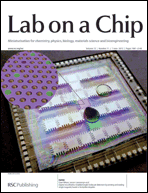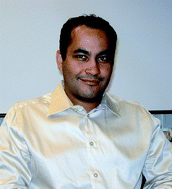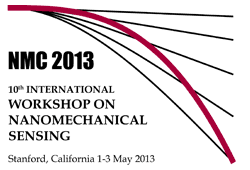The 3rd International Conference on Optofluidics (Optofluidcs2013)
15-17 August 2013, Hong Kong
Abstract submission deadline: 3 June 2013 (Monday)
There are only 3 weeks remaining until the abstract submission deadline – 3 June 2013. Please follow the template to prepare the abstracts and email to opf2013@polyu.edu.hk.
Accepted papers will also be invited for a Special Issue of Lab on a Chip.
Abstract Topic Categories (http://www.optofluidics.cn/Authors.html) :
Topic 1: Liquid waveguides and new optical devices/systems
Topic 2: Optical manipulation, trapping and sorting
Topic 3: Microfluidic optical sensing
Topic 4: Optofluidic imaging, microscopy and display
Topic 5: Optofluidic light sources
Topic 6: Optofludics for water, energy and environment
Topic 7: Fabrication technologies and materials
Topic 8: Others
Optofluidics is a vibrant new research field that combines optics, fluidics and micro/nano technologies for advanced functionalities. Following the successful conferences in Xi’an and Suzhou in last two years, Optofluidics 2013 will be held in Hong Kong in 15 – 17 August 2013, jointly organized by Hong Kong Polytechnic University, Jinan University and Lab on a Chip. This annual conference provides a unique forum for leading scientists and researchers to present the latest progress in the fields of optofluidics and related research.
Please help promote this conference and encourage your colleagues and research staff to attend this event. Here are some highlights of this conference:
− More than 20 plenary/invited speakers from the top scientists in optofluidics and related fields
− Selected papers will be invited for a special issue of Lab on a Chip (subjected to peer review).
− 5 Best Paper Awards sponsored by Lab on a Chip and Lin’s Foundation
We greatly value your participation and sincerely hope to meet you at the conference.
Best regards,
Local organizers:
Dr Xuming Zhang, Hong Kong Polytechnic University
Professor Baiou Guan, Jinan University, Guangzhou, China























 Design concept (top) and operation mechanism (bottom) of the chip
Design concept (top) and operation mechanism (bottom) of the chip
